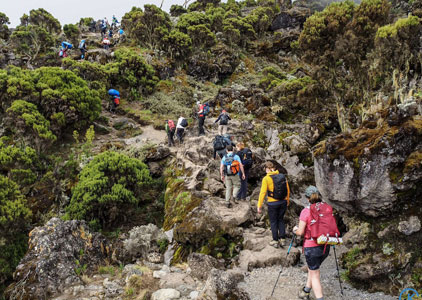The world’s highest freestanding mountain and affectionately dubbed as ‘Every Man’s Everest,’ Mount Kilimanjaro puts out an enchanting call that connects a growing community of intrepid explorers. If you find yourself drawn to the idea of standing atop Africa's highest peak, the reasons to venture into the Kilimanjaro experience are multiple. The Mount Kilimanjaro Climbing journey is not simply ascending to towering heights..
..It's a communion with the elements, an exploration of one's limits, and a celebration of the human spirit. As you explore Tanzania, consider the top reasons why Kilimanjaro should be on your travel radar, and discover the unparalleled rewards that come with summiting this iconic peak.

Mount Kilimanjaro stands as a beacon of accessibility among the world’s renowned peaks, calling adventurers of varied backgrounds and climbing expertise.
With a variety of Kilimanjaro Climb Routes catering to different preferences and fitness levels, Kilimanjaro is a pinnacle that welcomes those with a spirit of adventure. Ultimately, this makes the climb achievable for enthusiasts from around the world.
Kilimanjaro holds the prestigious title of being one of the world’s seven summits, a desirable accolade in the world of mountaineering.
Climbing to the Kilimanjaro Summit is an opportunity to bask in the glory of standing atop one of the most prominent peaks of the world – a milestone in mountaineering pursuits.
Kilimanjaro's iconic ice caps, a defining feature of its summit, hold a touching attraction. The urgency to witness these frozen wonders arises from the impending threat of their disappearance due to climate change.
The ethereal beauty of the glaciers underscores the importance of embracing the Kilimanjaro experience as a chance to witness nature's fleeting wonders, urging travellers on Mount Kilimanjaro Climbing Tours before the pristine ice caps become a relic of the past.
Reaching the summit of Kilimanjaro is a journey that culminates in a triumphant sense of accomplishment. Standing at Uhuru Peak – the highest point on Kibo’s Crater rim brings with it an overwhelming surge of emotions.
The sense of accomplishment during a Mount Kilimanjaro Climb echoes long after the descent, inspiring climbers with a newfound appreciation for both the mountain and their own capabilities.
"We believe in better travel. The kind that empowers local communities, combats over-tourism, and helps the world’s wildest places stay that way. We’re about the type of trips founded on knowledge you won’t get from Google, and experiences that stay with you – for all the best reasons. It’s travel you can feel good about. And it’s travel that’s all about you. "



The Best time to Climb Mount Kilimanjaro is during the dry seasons: January to mid-March and June to October. These months offer stable weather conditions, enhancing the climb's safety and enjoyment. Clear skies and moderate temperatures make for an ideal journey to Africa's iconic peak.
Kilimanjaro stands as the highest freestanding mountain, offering diverse ecosystems and accessibility unmatched by other peaks.
Yes, there are different Routes up Kilimanjaro that cater to various skill levels. This makes the mountain accessible for both novice and experienced climbers.
The duration varies by route, generally ranging from 6 to 9 days, allowing for gradual Acclimatization On Kilimanjaro.
Yes, hiring a certified Kilimanjaro Climbing Guide is mandatory for safety, navigation, and to enhance the overall climbing experience.
Kilimanjaro is recognized as one of the Seven Summits, representing the highest peak in Africa and adding a prestigious achievement to a climber's triumphs list.
Kilimanjaro Climbing is not just a physical achievement but a changing journey that nurtures resilience and self-discovery.
Our commitment to exceptional stays goes hand in hand with cultivating strategic partnerships. We take pride in collaborating with a select network of accommodation providers, certifying that our travelers experience comfort, uniqueness, and excellence.